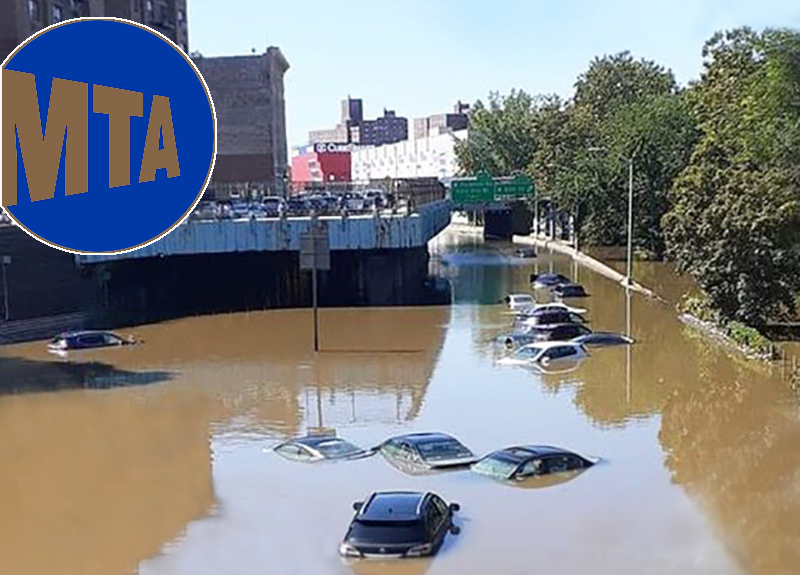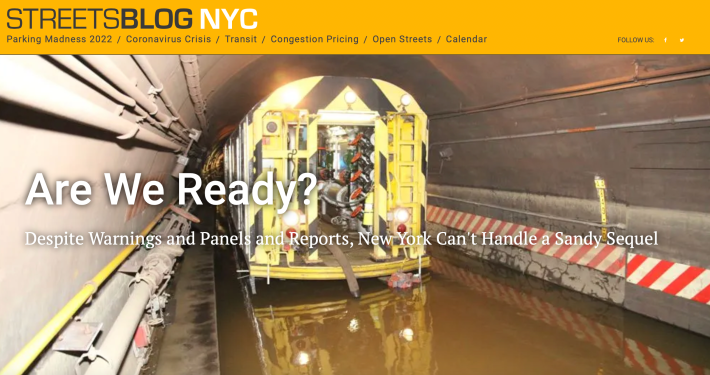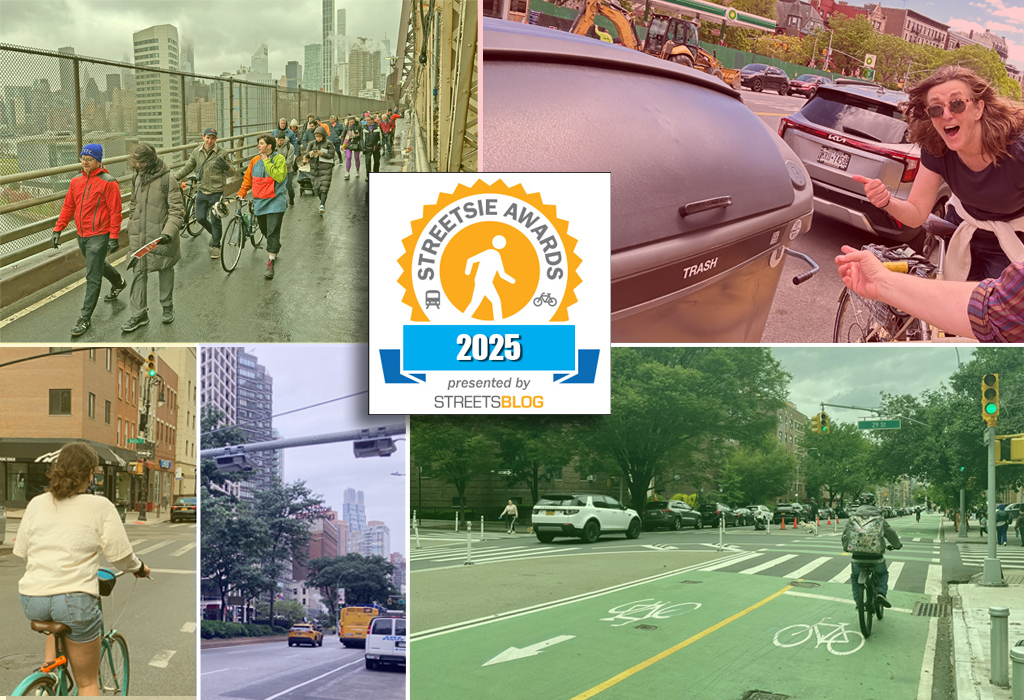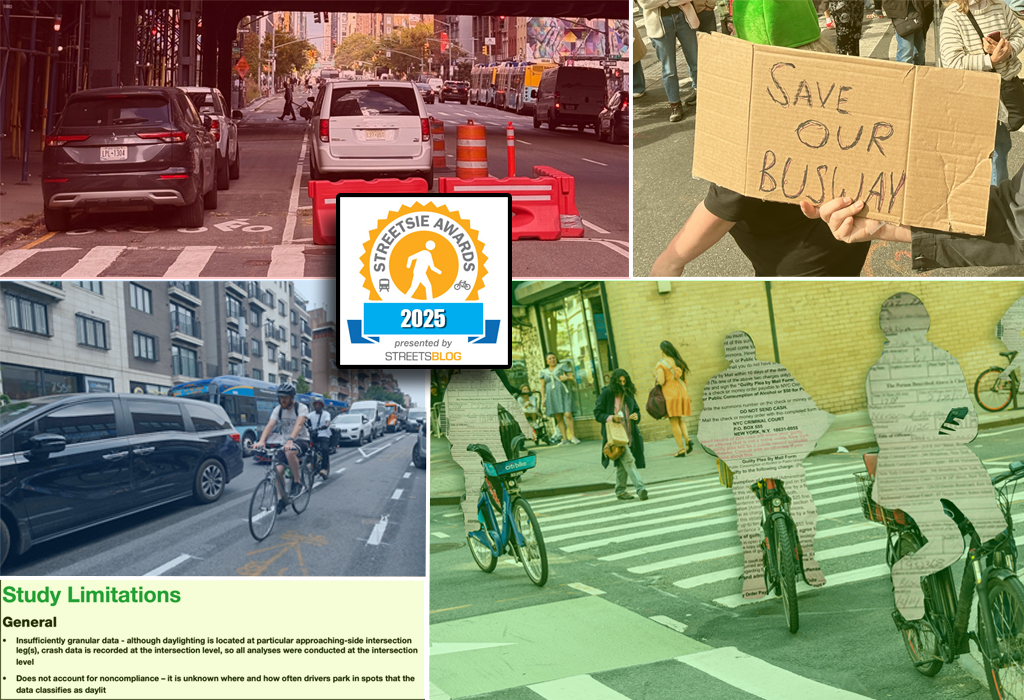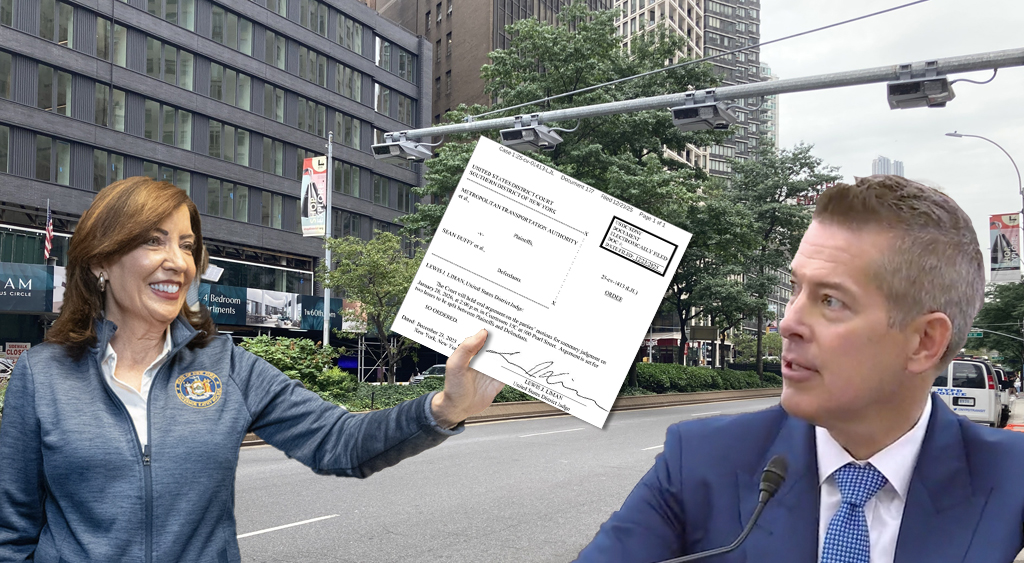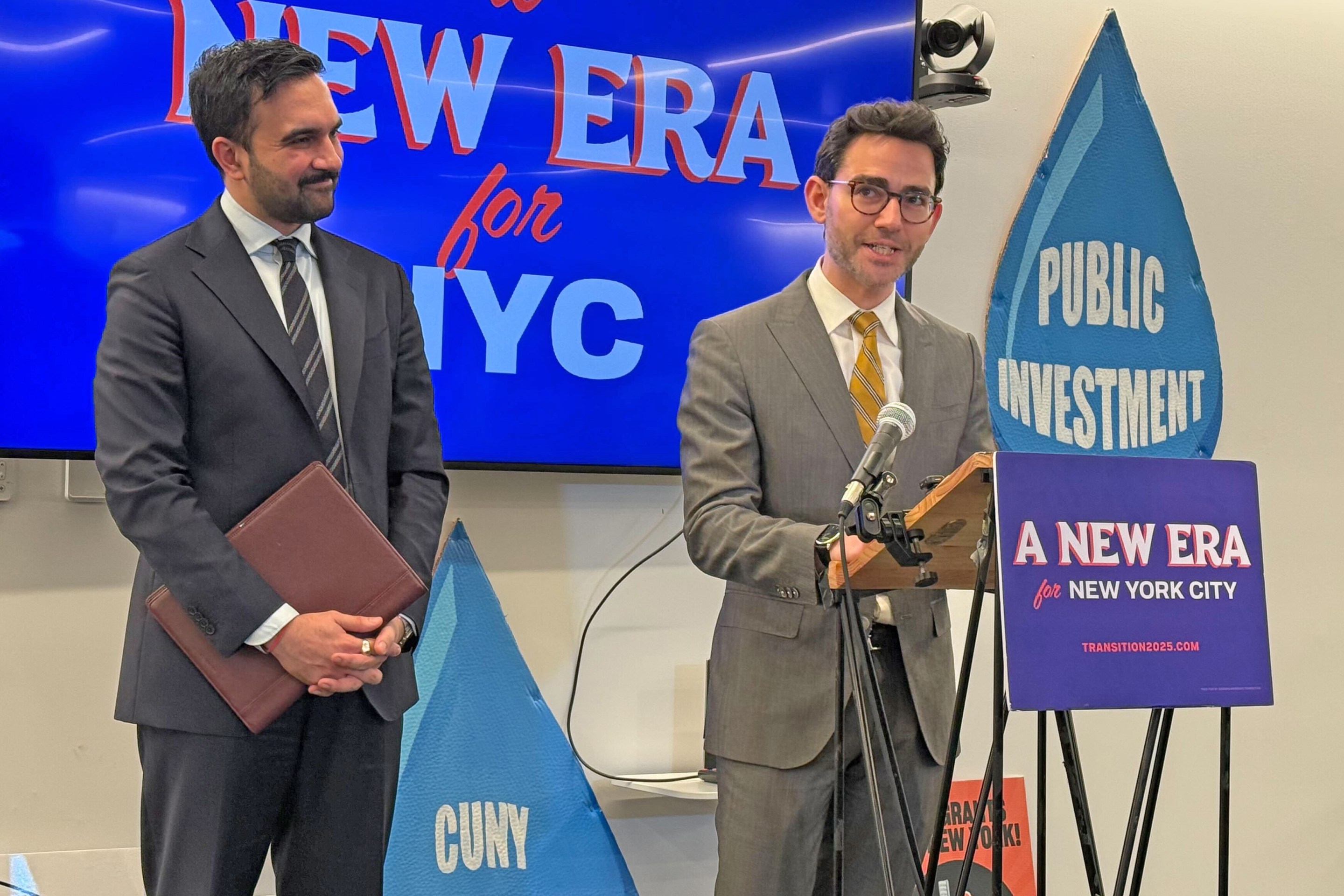The recent 10-year anniversary of Hurricane Sandy brought a renewed focus on New York’s resiliency measures and readiness efforts — and promises that our government is working hard to protect our region from the threat of extreme weather. However, as Dave Colon recently pointed out in Streetsblog, we’re not ready for a Sandy sequel.
The Superstorm’s anniversary unleashed a proverbial deluge of elected officials and agency heads talking about resiliency, but despite the extreme flooding and saltwater damage to the MTA’s infrastructure – not to mention washouts, power failures and the devastating effect on millions of riders – transit was noticeably missing from much of the retrospective discussion, including in Mayor Adams’s own remarks.
The MTA has made substantial investment in protecting against storm surge, like the one accompanied by Sandy, but subsequent storms like Ida and Henri highlighted the threats represented by other types of flooding. Clearly, fortifying the city’s waterfronts and increasing sewer capacity will benefit all of us, the transit system included. But our aging subway infrastructure is uniquely vulnerable to the impacts of climate change — including water from above, below, and our shores — and it needs targeted, forward-thinking and adaptable solutions. Just last year, Hurricane Ida’s inland flash flooding, due to the city’s outmoded sewer system, was a painful reminder of the insufficient progress on coastal resiliency.

This month, New Yorkers voted for a governor who says that transit and resiliency are priorities — and has made several recent resiliency funding announcements. Voters also backed a $4.2-billion environmental bond act to fund green projects around the state. Critical congestion pricing dollars will bring in much-needed capital funding to further fortify the transit system. It’s time to focus on key policies that can protect our vital transit network into an uncertain future.
The MTA and its partners should:
- Prioritize and speed up resiliency projects in its capital -lan. The MTA has committed 80 percent of federal Sandy funding on related capital projects, and completed nearly half of them, spending $3.8 billion. But 10 years later, projects aren’t being built fast enough. There needs to be a better way to build and rebuild faster to get ahead of the next storm and myriad weather events that will affect transit and riders.
- Roll out a forward-looking climate strategy and goals. By clearly defining its strategy and integrating resiliency and sustainability goals into all its initiatives, including increasing electrification of its fleet, incorporating redundancy improvements into its projects, and ensuring riders are protected from extreme weather, the MTA will show New Yorkers they can depend first and foremost on transit.
- Target resiliency investments to address climate impacts beyond coastal flooding. As the MTA’s resiliency team works to identify subway stations most vulnerable to inland flooding, it needs strong, active partners in city government to avoid disaster during future unpredictable storms. As Colon highlighted by giving a “D” grade to “Subway Flood Prevention,” more still needs to be done by the city. Targeted resiliency funding like that in Sen. Kirsten Gillibrand and Rep. Adriano Espaillat’s proposed legislation would help, but additional funding — and political will — is critical.
In many ways, the MTA is doing great work on sustainability and resiliency: Chairman Janno Lieber is right to say, “Transit is the antidote to climate change.” From starting a first- and last-mile pilot program, to developing a strategic plan to improve bike, pedestrian and micro-mobility access to MTA facilities, to bus electrification, it’s clear the agency knows that getting people out of cars and onto transit is key to reducing emissions. Its efforts show it understands that protecting transit from the ravages of nature is essential.
But most of these critical initiatives are happening as bespoke plans without overarching agency-wide guidance and separate from much of the MTA’s resiliency planning efforts. More specific public goals and benchmarks for addressing resiliency and sustainability would help advocates hold the MTA — and those leaders responsible for supporting it — accountable for creating a more sustainable, resilient, accessible transportation network.
New Yorkers got lucky with a mild hurricane season, but the worst is yet to come as climate change becomes more devastating. The MTA and its partners are working to catch up, but we still have a long way to go before riders are fully protected from the next big storm.
Policymakers, city and state agencies, the MTA — and advocates — must urgently prioritize a regional vision for protecting our vital transit network from the climate crisis, and work hand-in-hand to ensure that riders are protected from all that Mother Nature has in store. No matter the cost, investing in resiliency today will save us billions more in the decades to come.
Kara Gurl is the research and communications associate for the Permanent Citizens Advisory Committee to the MTA; Bradley Brashears is the group’s former associate director.
